What to eat when doing fitness
The main rule of a healthy approach to food and eating habits is to maintain a balance of nutrients and energy consumption(calories). Therefore, if you regularly engage in fitness, the composition and volume of your daily diet should be adjusted. This applies to all types of physical activity – it doesn't matter if you prefer to calmly concentrate on your body when doing yoga or if you like to engage in high-intensity interval training. Energy consumption varies, and the menu needs to be chosen in such a way as to get the most out of training.
It is not recommended to follow a strict restrictive diet during fitness classes. Unless in extreme cases, for a short time, to weight loss by one or two kilograms, carefully weighing the health risks. Feeling exhausted, weak, fans of diets can not recover from physical exertion and often quickly quit fitness. At the other extreme, the menu is too high in calories. You can not think that fitness "allows" you to eat uncontrollably.
The right approach is a varied, delicious meal for you personally, with a balanced ratio of macro-and micronutrients and sufficient, but not excessive caloric content. Such a diet will give strength for training, the body will become not only fit, but also healthy, and the mood is always upbeat.
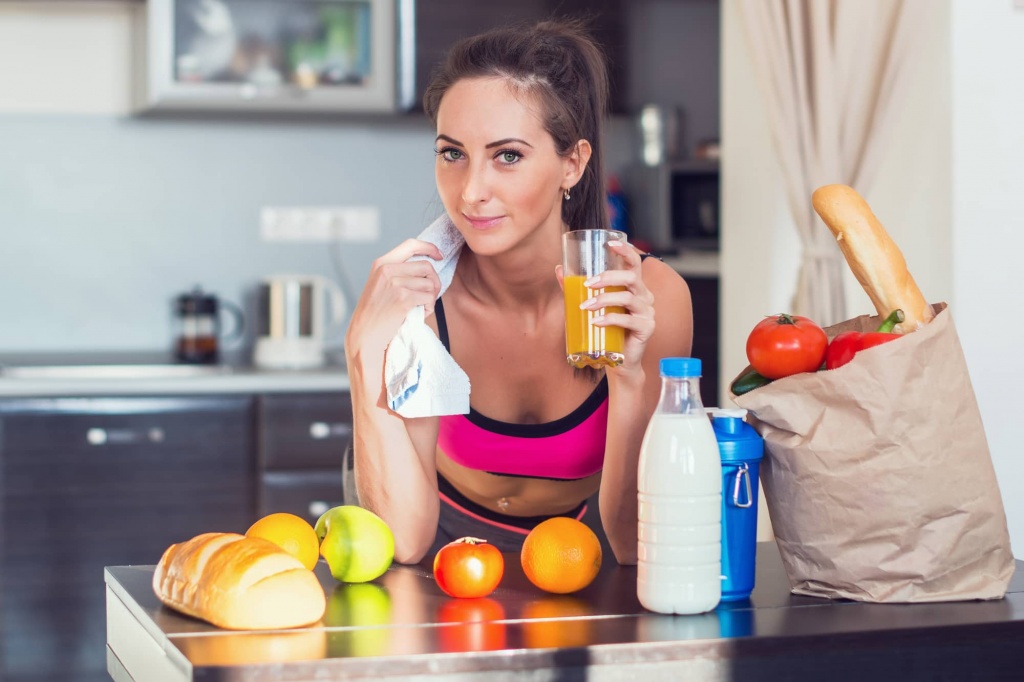
Compliance with protein-uglovodnogo and drinking balance
It is generally accepted that nutrition for physically demanding classes should be mainly protein. This is not entirely true: it is very important to Supplement it with complex carbohydrates, which make up for the loss of energy during training. Without them, you will constantly feel tired and weak, which will affect your athletic performance. The diet for athletes should be and fats-with the right dosage, they help to maintain health and even contribute to weight loss.
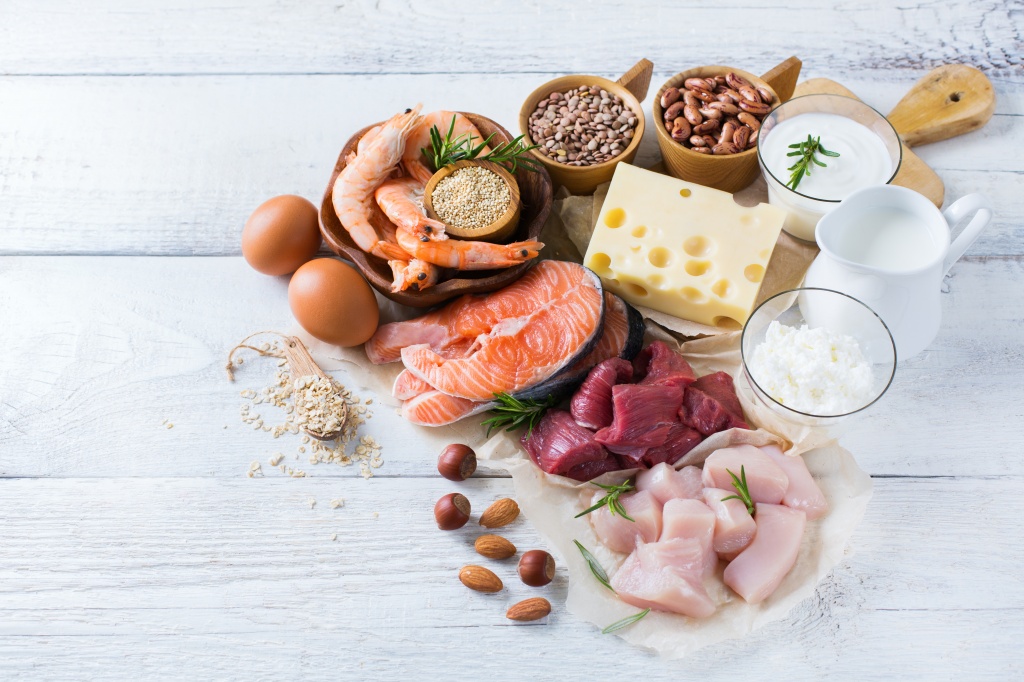
The most important rule for proper nutrition for fitness classes is drinking balance. A sufficient amount of liquid will help:
- avoid dehydration after classes-it is manifested by headaches, irritability, weakness, rapid fatigue;
- improve the motility of the intestines and digestive tract, speed up metabolism and remove harmful substances from the body-especially if the correct drinking balance is supplemented with a diet rich in fiber;
- lose weight more intensively.
Read Also:
To calculate the optimal amount of fluid, use the universal formula: 30 ml of water for each kilogram of body weight. The resulting volume should be evenly distributed over the entire time of wakefulness, drinking the first 200-300 ml of liquid on an empty stomach, and the last one an hour or two before bedtime.
Squirrels
Their importance in nutrition for fitness is invaluable. High-protein foods help to "build" muscles faster, forming a beautiful relief, stimulates metabolic processes, contributing to weight loss. The amount of protein should be at least 40-45%.
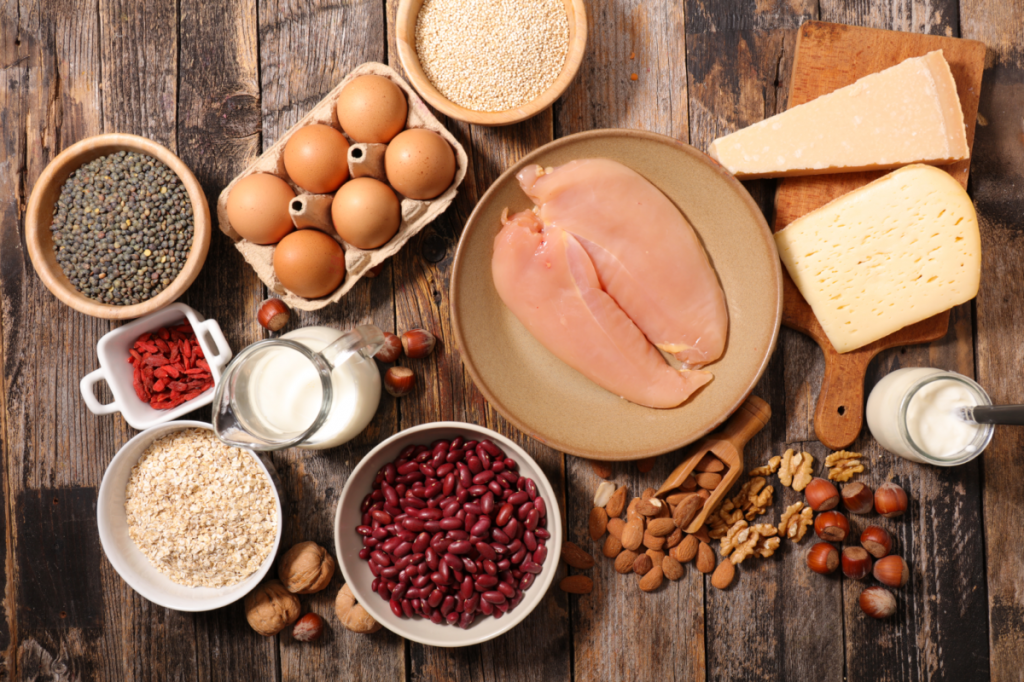
Carbohydrates
The optimal proportion of complex carbohydrates in the diet (from 40-45%) will fill the body with energy, protect against seasonal diseases. The most important nutrients, being oxidized in the body, "help" proteins to build muscles. To maintain a balance between fitness and nutrition, it is advisable to eat carbohydrate products in the morning. Avoid simple carbohydrates for weight loss.
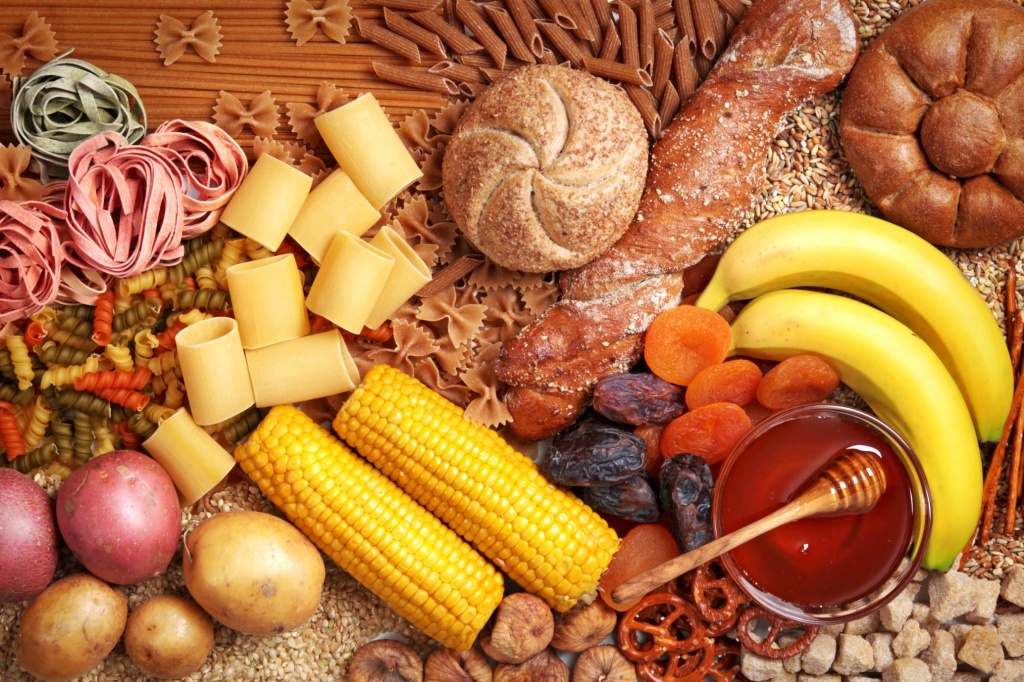
Fats
Fitness fans should not completely exclude fats from the diet. They are needed by the immune system, reproductive system, brain, and other organs. It is advisable to increase the number of vegetable fats, but not to abandon animals, but to reduce their consumption. Give preference to a diet rich in polyunsaturated acids. Fats should not be left for the evening in the dinner menu, their amount should be minimal.
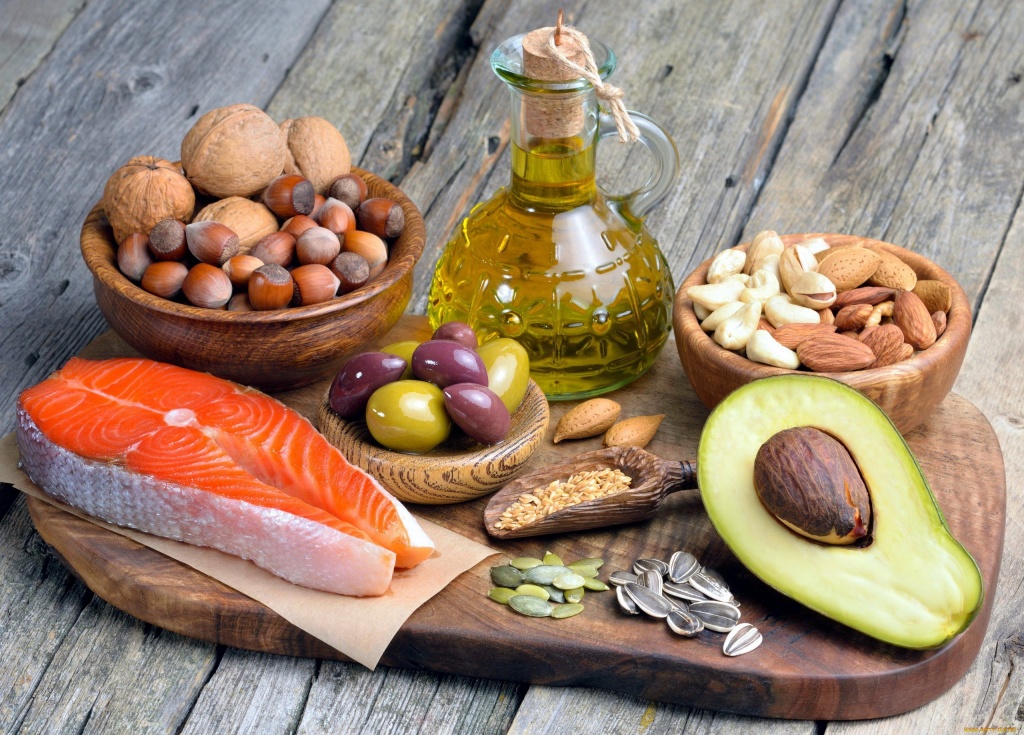
Power mode
To balance fitness and nutrition, calculate the calorie intake that is sufficient to maintain your current weight, taking into account the physical activity from specific activities. This figure can be used as a starting point when developing a weight loss program. A correct and harmless caloric deficit should not exceed 300-400 kcal – it can be achieved by reducing the caloric content of food or only by fitness.
When drawing up a meal plan, remember:
- you need to eat small portions to maintain balance five times a day (three main meals and two snacks between them), for weight loss six to seven;
- the interval between meals should not exceed three hours;
- Breakfast should be rich, dinner light, so foods high in fat and carbohydrates should be transferred to the morning and afternoon.
- It is advisable to eat dishes baked in the oven, steamed, stewed, or with minimal roasting in vegetable oil. The diet should be dominated by lean meat, eggs, poultry, fish and vegetable products, complex carbohydrates. If you follow a diet, give up carbonated drinks, dishes containing a lot of sugar, fast food, and other "harmful things" – you can afford them, but not often.
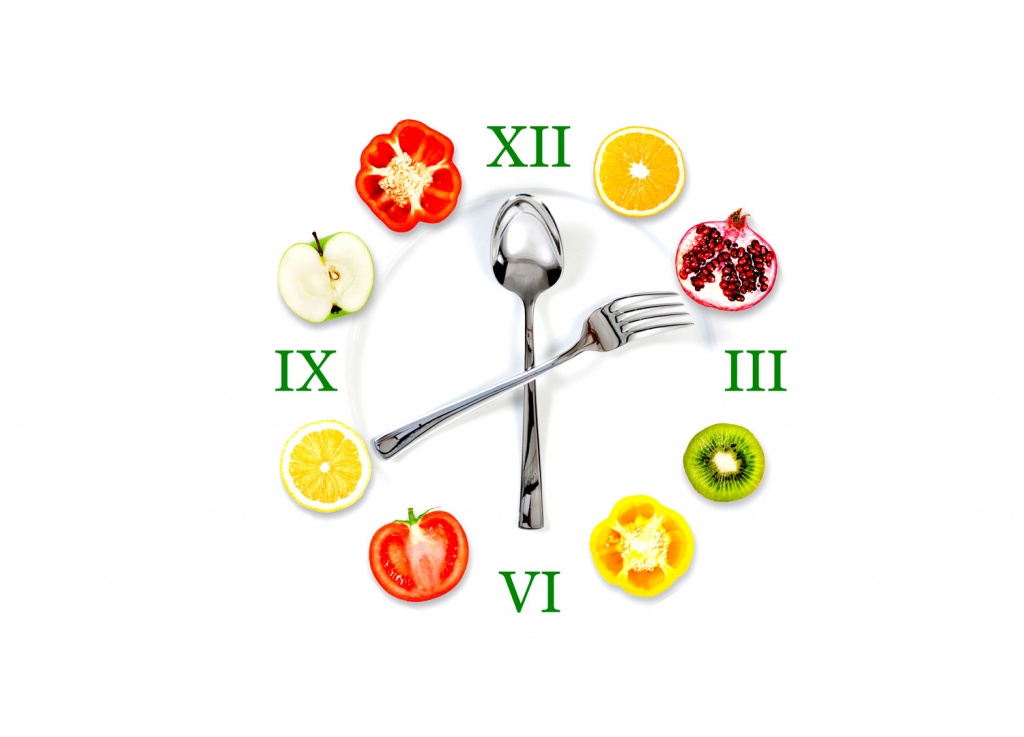
Nutrition after, before, and during a fitness session
What to eat before fitness classes
When choosing what to eat before, give preference to protein dishes with low-calorie content and consume them no later than one to two hours before classes. If you can't have a full lunch or dinner, you can eat a handful of berries, fruit, something sour milk, or drink a protein shake half an hour before the training. 200-250 ml of tea without milk, sugar, mineral water without gas will be useful.

What to do during classes
Fitness and nutrition don't go together too well – it's better to give preference to drinking. It is necessary to drink water during the training, carefully monitoring your condition, and paying attention to signs of dehydration: dry mouth, dizziness, sharp fatigue. Drink it in small SIPS, every 15-20 minutes. If the duration of the training exceeds an hour, you should add juice or a protein shake to the water. You should not drink a lot of fluids during physical exertion, so as not to give the heart an extra load.
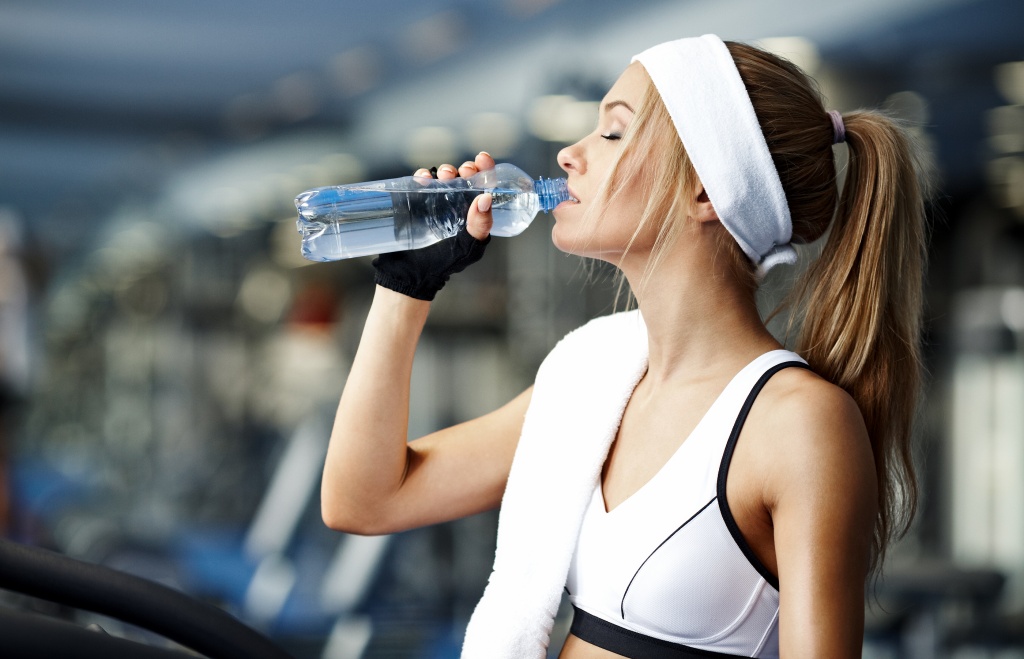
What to eat after class
The body needs to make up for the energy spent, so athletes are recommended to take protein-carbohydrate food in 40-100 minutes – the "carbohydrate window". It will help restore muscles, saturate, speed up your metabolism, and replenish your glycogen supply. If you are on a weight loss diet, do a "carbohydrate window" one and a half to two hours after the workout. You should include it in the power supply:
- omelet, steamed, boiled meat or fish;
- complex carbohydrates – whole grain pasta or bread, baked potatoes, brown rice;
- sour natural juice – cranberry, grape, orange (diluted with water).
There should be a minimum amount of fat in the diet after fitness classes. For the first two hours after training, it is better not to use them at all. After 16-00, reduce the caloric content of food, even if a high-intensity workout is planned for the evening. Be sure to drink enough water afterward to make up for the loss of intracellular fluid.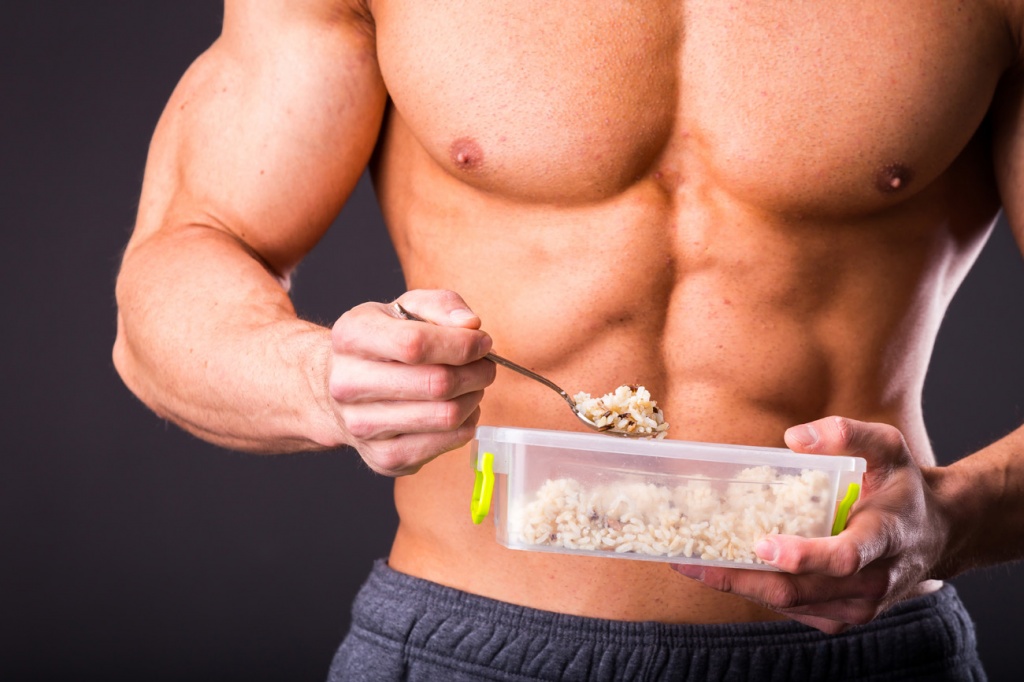

Sample menus for fitness classes
To maintain the right balance between fitness and nutrition, you need to choose healthy foods that saturate, make up for the loss of vitamins and nutrients, but do not give a feeling of heaviness. To make it easier to navigate, we will give examples of universal dishes for those who are engaged in fitness.
For Breakfast during the diet, omelets with stewed vegetables, whole-grain toast, nuts, or nut paste are recommended. You can stop at oatmeal or similar porridge, boiled brown rice with chicken breast, low-fat steak. For lunch, you should choose soups with light broths with cereals, meat, fish with a vegetable side dish, fermented dairy products, including cheese. Complex-carb cereals, low-fat cottage cheese, poultry, seafood, decoctions of berries, rosehips are suitable for dinner.
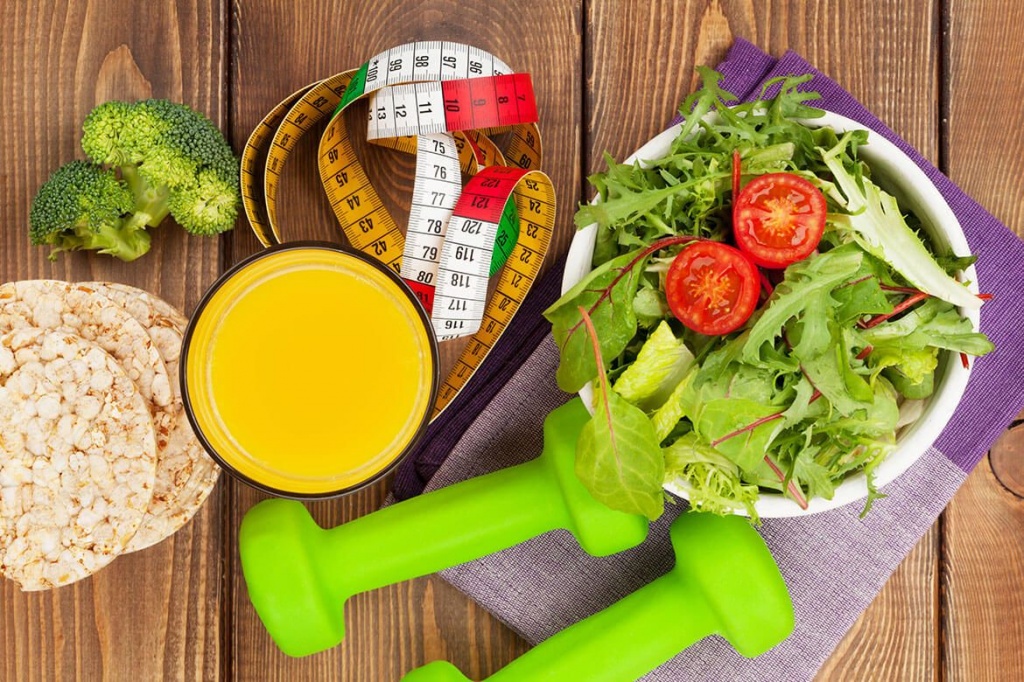
The diet should be dominated by:
- lean meat – chicken, veal, Turkey;
- fish rich in omega-3 acids and seafood rich in protein and trace elements;
- eggs – for weight loss, eat only protein;
- green vegetables – spinach, cucumbers, cabbage, celery (but be careful with avocado, they are healthy, but high in calories);
- seasonal fruits and berries with a low glycemic index – apples, strawberries, etc.;
- vegetable oils, nuts, and seeds (in small amounts);
- low-fat fermented dairy products, milk 2-5% fat content;
- bran bread, whole grain pasta, unprocessed cereals;
- greenery.
To get the most out of fitness classes, you need to pay close attention to food, its composition, and quality. But what if there is no time or desire to cook? The BeFit service will help you balance your fitness and nutrition without too much hassle. Specially designed ready-to-eat delivery programs are convenient for anyone who cares about their shape. Neatly Packed containers, convenient to take with you, KBZHU in products is precisely selected for a specific purpose. These programs will help you gain muscle mass, lose weight, or maintain an optimal routine during active sports.
Read Also:


.webp)






0 Comments